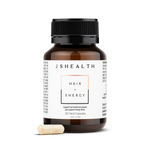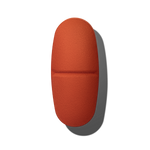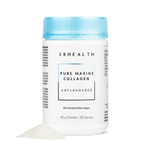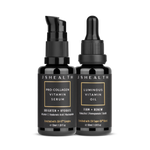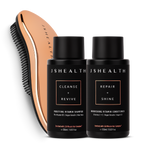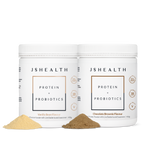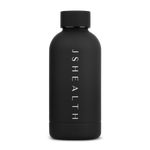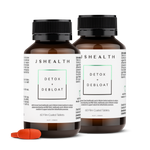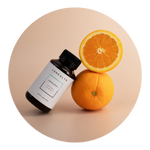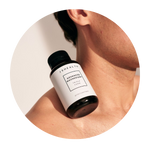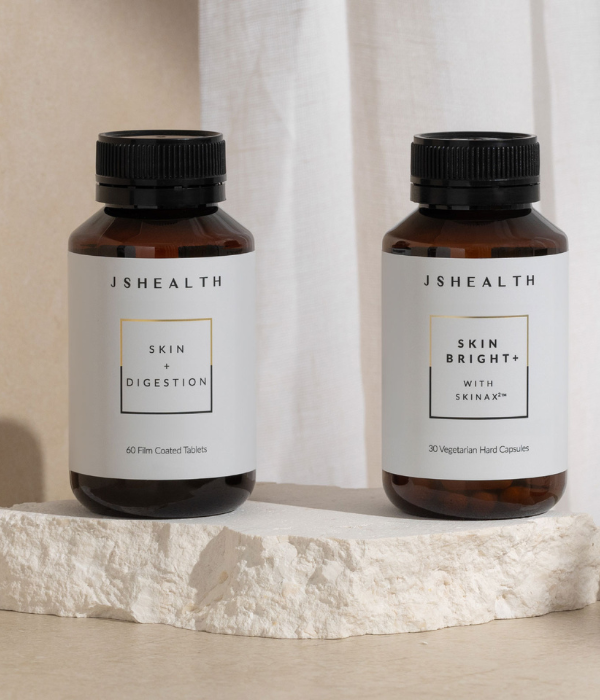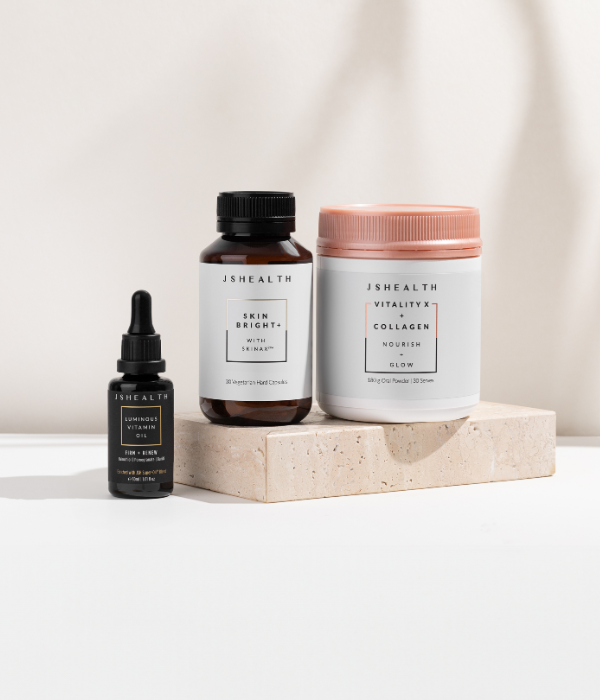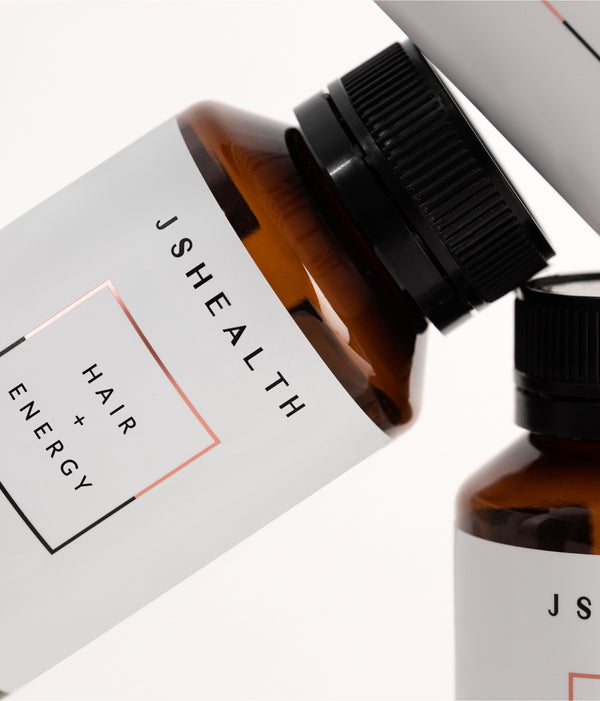Eat more cruciferous veggies in 2022 - here's why!
It’s a new year and you may be looking to support your liver after the festive season. Your new best friend? Cruciferous veggies! These include broccoli, cauliflower, cabbage, kale, bok choy, and brussels sprouts. When it comes to wholefood cleansing support, these are up there with some of the top food you should be filling your plate with. Here’s why...
Cruciferous vegetables nutrient profile
The main nutritional components of cruciferous vegetables include protein, carbohydrate and vitamins such as Vitamin C, Folic acid, tocopherols and provitamin A. Minerals like iron, calcium, selenium, copper, manganese and zinc are also present in these types of vegetables.
The function of the liver
The liver is a vital organ and the largest gland in the body that offers many functions for the host to survive. These include detoxification, breakdown of red blood cells, protein and hormone production, glycogen storage and holding blood. It is also responsible for metabolising toxic substances like drugs and alcohol, which is why the liver is susceptible to toxicity and damage. Dietary components like plant food are necessary for and can either provide benefits or detriments to the liver.
How cruciferous vegetables support the liver
Cruciferous vegetables contain an abundance of nutrients, minerals and phytochemicals. They’re rich in fibre, antioxidants and specifically, the natural plant compound, sulforaphane, which contains anti-inflammatory, anti-bacterial, anticarcinogenic and antioxidant properties. It is one of the most largely studied substances found in this family of vegetables, which functions to stimulate the detoxifying enzymes.
The compound sulforaphane helps to activate a specific protein that regulates antioxidants which protect the body against oxidative stress and damage. It also stimulates phase two detoxification of the liver and supports the inflammatory response in the body.
Green leafy vegetables are the best for liver health. Cruciferous vegetables contain glucosinolates which break down into products that upregulate the liver’s detoxification enzymes.
Indole-3-carbinol is another chemical produced by plants and present at high levels in most cruciferous vegetables. It has been shown to have a range of favourable properties with antioxidant, anti-carcinogenic and anti-inflammatory activities.
How to enjoy cruciferous vegetables
We love roasting, steaming and blanching our cruciferous vegetables. They’re great additions to one-pan bakes, nourish bowls, breakfast bowls and soups.
References:
Shivapriya Manchali, Kotamballi N. Chidambara Murthy, Bhimanagouda S. Patil, Crucial facts about health benefits of popular cruciferous vegetables, Journal of Functional Foods, Volume 4, Issue 1, 2012, Pages 94-106.
Guan YS, He Q. Plants Consumption and Liver Health. Evid Based Complement Alternat Med. 2015;2015:824185. doi:10.1155/2015/824185
Kamiyama M, Shibamoto T. Flavonoids with potent antioxidant activity found in young green barley leaves. J Agric Food Chem. 2012 Jun 27;60(25):6260-7. doi: 10.1021/jf301700j. Epub 2012 Jun 18. PMID: 22681491.
Nho CW, Jeffery E. The synergistic upregulation of phase II detoxification enzymes by glucosinolate breakdown products in cruciferous vegetables. Toxicol Appl Pharmacol. 2001 Jul 15;174(2):146-52.
